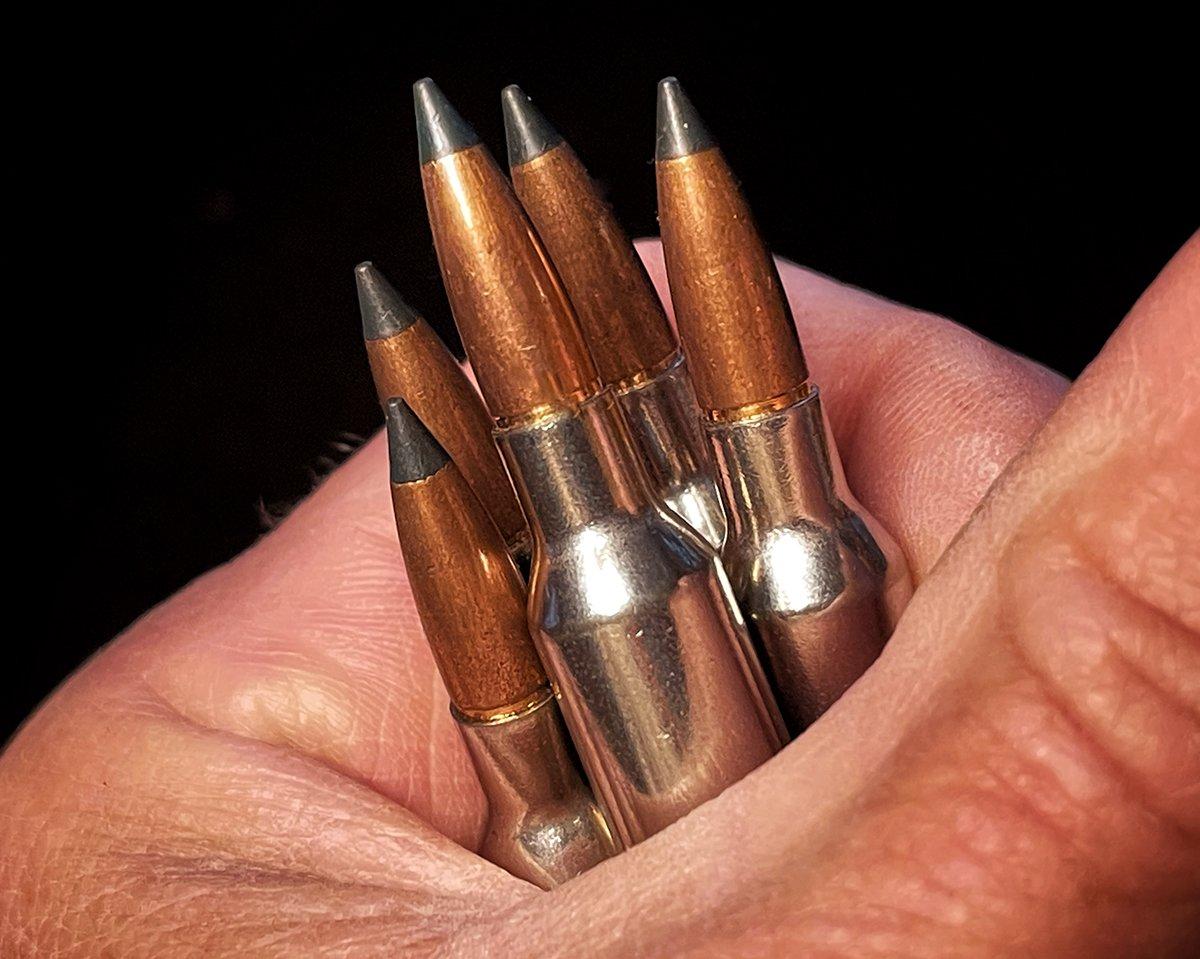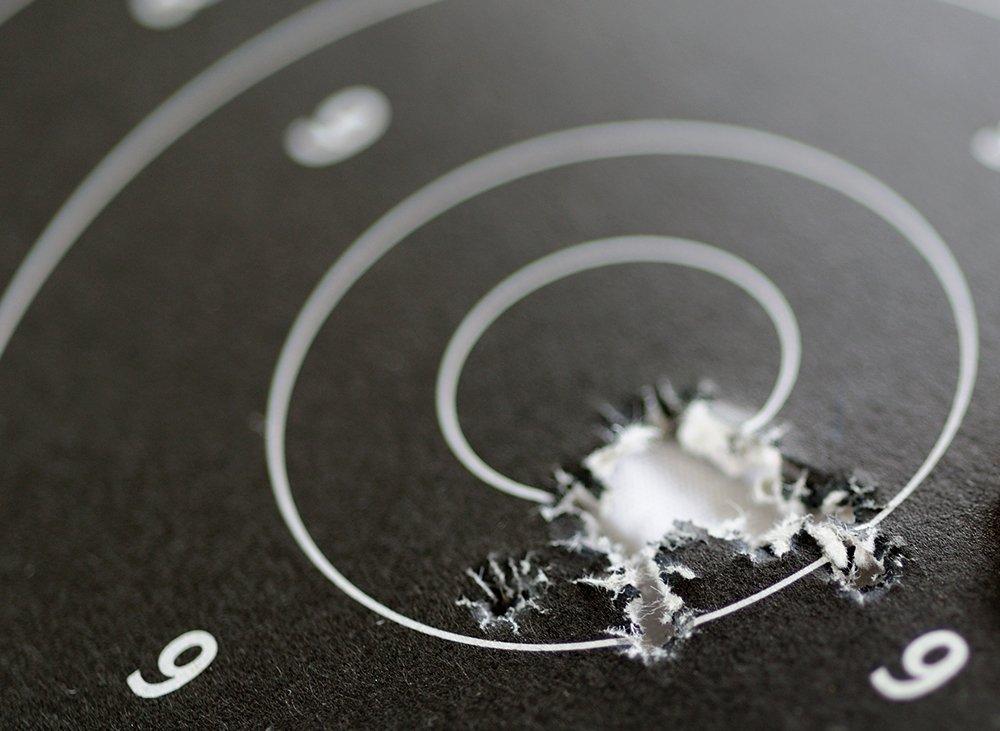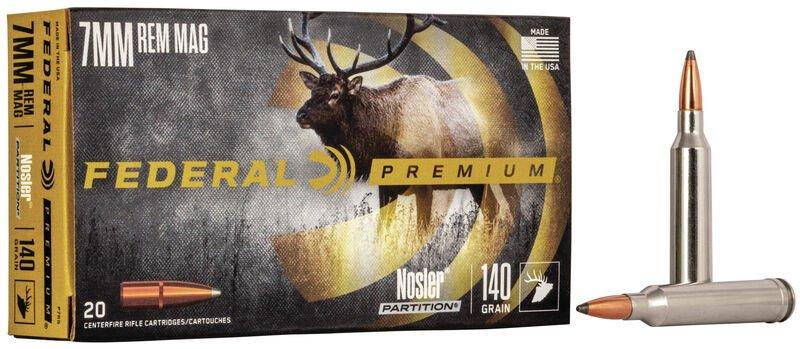As the ammo shortage continues, these five drills can help you keep sharp ahead of hunting season without burning any powder
Some hunters never practice with their firearms until the weekend before opening day, when they take it out and shoot a few rounds to ensure it's still sighted in. Even if the gun is still on, the hunter's skills might not be. Shooting skills are perishable, but currently, firing a few rounds can cost you. The ammo shortage continues, and it's making it difficult for hunters to not only find ammunition, but afford to buy it when they do find it. If you're the hunter who only has a box or two stashed away, you'll want to make every shot count, which means there's not much wiggle room for range practice. Luckily, there are still ways to sharpen your shooting skills without sending a bullet downrange.
1. Dry Firing
It's OK to dry fire most firearms. Dry firing means pulling the trigger without a bullet in the chamber, and it won't hurt most modern centerfires (though it's not recommended to dry-fire rimfires or older guns). To be extra cautious, install a snap cap of the appropriate caliber that prevents damage to the firing pin.
During dry fire practice, always follow the basic rules of gun safety. Treat it just like a real range session. Check that the gun is unloaded every time. Always point the gun and aim in a safe direction. It's important to aim at a target to work on holding steady and following through with your shot. Dry firing allows you to get comfortable with your firearm, practice getting your sights in place, and remaining calm during and after the shot. It also allows you to practice with your gun without visiting a range, which can be more affordable and convenient. You can practice a little at home every day.
Don't rush through dry firing practice, as that defeats the purpose. You will only improve if you carefully and thoughtfully go through the steps of shooting every time to identify areas of improvement. Perfecting your shot process will improve your accuracy. Dry fire practice can help you work on regulating your breathing, squeezing the trigger, and holding steady. It also helps build muscle memory, so it can help you overcome the flinching and eye shutting that can accompany recoil anticipation.
(Don't Miss: 5 Tips for Rifle Shooting Accuracy)
2. Laser Training Systems
If you want to kick your dry-fire training up a notch, there are a variety of laser training cartridges on the market that will fit your specific firearm. This is important because it allows you to be comfortable with the firearm you will use in the field. You aim a laser dot at a target and pull the trigger. Many of these systems are accompanied by a smartphone application that tracks your shots. This type of training isn't free because you have to purchase the equipment and in some situations the smartphone application. The kits come in a variety of price points. But after the initial purchase, there's usually minimal to no cost.
There are similar systems that use sensors mounted on the firearm instead of lasers. They track the movement associated with aiming and the trigger pull. A smartphone application analyzes the movements and gives feedback on flinching, trigger pull, and recoil anticipation. Getting this type of specific feedback is a great way to improve. Plus, it's fun to track progress and can be used as motivation to keep up the practice.
3. Belly Breathing … and Yoga!
Most people never think about their breathing, but it can sure impact your shooting since with every breath you move your chest, abdomen, and shoulders. Breathing causes your firearm to rise and fall, affecting your aim.
Learning to control your breathing will help you hold your firearm steady and make the best shot possible. USA Shooting, the national governing body for the U.S. Olympic sport of shooting, recommends shooters use belly breathing also known as diaphragmatic breathing. During this type of breathing, you inhale through your nose and deep into your stomach. Your stomach will expand to take in the air. As you exhale, your stomach will shrink back in. Belly breathing makes chest movement minimal.
Competitive shooters practice this deep rhythmic breathing regularly. It has a calming effect that improves concentration and reduces movement in your chest. The National Rifle Association recommends hunters take the shot during the respiratory pause in this breathing cycle. That's the natural pause between breaths after the exhale. During this pause the body is the most calm, stable, and relaxed. That's why you'll hear instructors tell shooters to squeeze the trigger at the end of the exhale.
If you're looking for belly breathing exercises, look to yoga. Belly breathing is a common yoga practice. Most yoga apps and videos will have exercises that teach this controlled breath process. With practice, it can become second-nature.
(Don't Miss: Don't Be a Shooting Range Jerk)
4. Airgun Power
An air rifle is one of the most affordable practice options, and one of the most fun. You can purchase thousands of pellets for less than $10. The pellet rifle itself might range in price from $100 to $500, and many come with a scope.
Practicing with a pellet gun is as close as you can get to the real thing. You can work on quickly acquiring the sight picture, holding steady on a rest, settling into different shooting positions, anticipating the recoil (even though it's very minimal), and dealing with the sound that accompanies the shot. It also allows you to work on your trigger pull and improve your accuracy. Plus, plinking pellets at targets is fun. You can also switch up your shooting by firing at aluminum cans and old fruit, and many air guns are suitable for small-game hunting.
5. Spend Time With Wildlife
It's difficult to replicate the feeling of a big buck in your sights. Your heart is racing and you know in that moment everything you've worked for comes down to a split-second trigger pull. But many hunters find that after years of experience, the jittery feelings of buck fever can be replaced with excited confidence. Don't underestimate how time in the field spent scouting and being close to game can improve your abilities during hunting season. Put simply, being around wildlife helps ease your nerves and improve your ability to spot game animals, judge their size, and predict their next move. That's a huge component of being a capable shot in the field.
These days, every shot you send downrange needs to count, but you can get a lot of valuable practice in without shooting up all of your scarce and expensive ammo. If you work on areas that need improvement, the payoff will show in the form of tighter groups, a steadier aim, and more quick, humane shots in the field.
(Don't Miss: The Right Way to Clean and Store Your Hunting Rifle)













